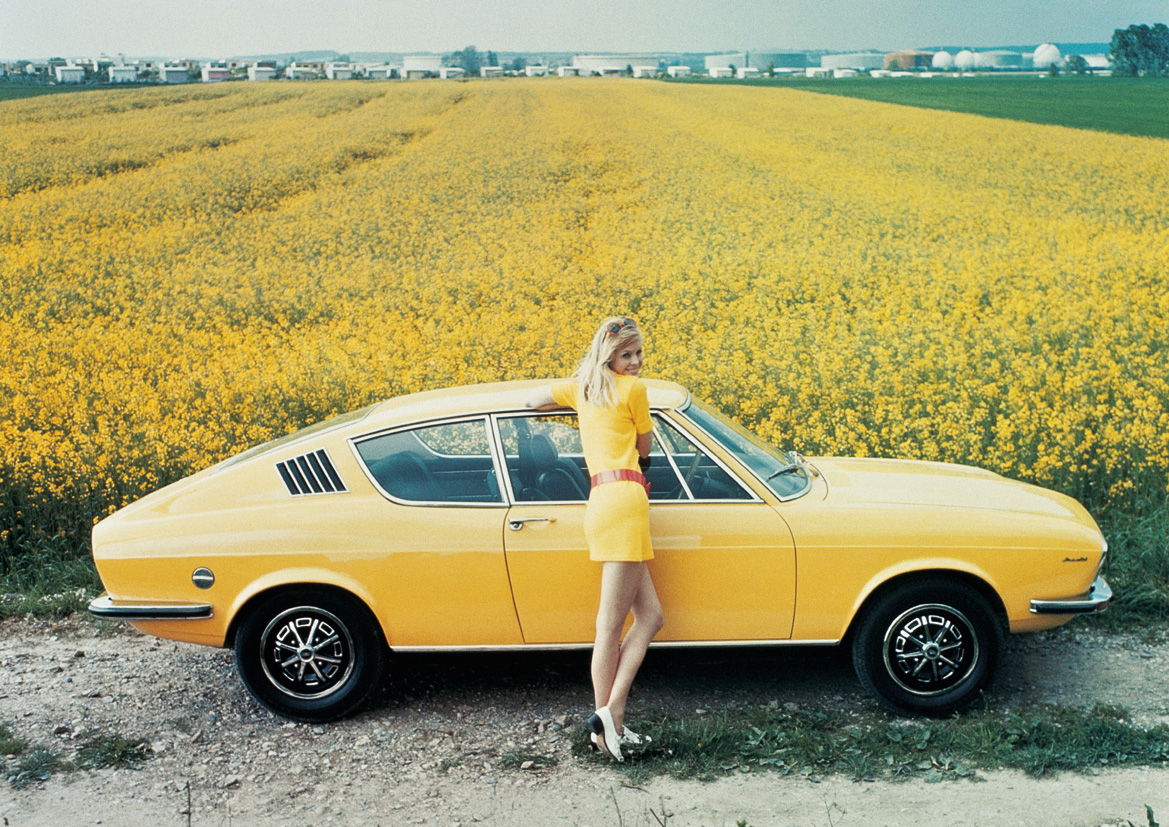
Mechanical
The 1871cc engine will do 100,000 miles without problem, but at this mileage, an increase in oil consumption will often be encountered. This will normally be remedied by fitting new valve stem seals. Engines with up to 150,000 miles are not uncommon. Hair-line cracks in the cylinder heads are one of the few engine problems to be wary of, which will typically occur between the valve seats on either cylinder 3 or 4. This normally results from overheating (in Germany, long autobahn journeys on full power are not the strength of this car). Similarly one should pay attention to the oil pressure. On investigation, loose screws have been found lying in the sump. These have separated at the pressure pipe of the oil pump with the snap ring. The Audi driver has often been confused by this loss of pressure, but this has almost always been the cause. The gearbox is one of the weak points with the Coupé S. Synchromesh is often starting to show signs of wear at 60,000 miles, particularly apparent between 1st and 2nd gear, and unfortunately overhaul of a gearbox is often prohibitively expensive. Engine mounts can start to split and fail completely, leaving the engine hanging on one side. Another rubber component almost guaranteed to fail on this age of car is the gaer linkage to the ball-joint on the gear box. New inserts are now readily available from Germany, so this should not be too major a problem Starters, carburettors, water pumps and alternators are rarely a problem. Other items to watch are brake master cylinders, which do corrode, and the drive shaft seals on the gearbox, which can become a little leaky. Front wheel bearings are no more prone to wear than any other make of car, but there are two issues if these are showing signs of wear. Firstly, they are now very rare, though it may only be a matter of time before one of the European Clubs commissions a fresh run of bearings. Secondly, drive shaft may or may not be seized into the front hub – unusually, the profile of this shaft is a triangular compared to the usual splined shaft found on most cars.
Body
Although it’s a bit of a generalisation, the cars built up to 1973 were built with higher quality steel than 1974 onwards. Many cars for renovation will need substantial amounts of welding. Areas that will require particular attention will be the front panel beneath the bumper, around the water exit points on the shelf behind the engine, down the A frame in front of the doors, the sills, especially towards the rear of the car, inside the sill where there is a zig- zag of braces that give the sill its’ strength, the rear quarter panels, and on later cars, the top of the rear suspension inside the boot. The latter two items are normally caused by a leaking rear screen, which has leaked onto the rear parcel shelf, and from there into the boot. Sunroofs were a nice option when new, but beware the pitfalls on an older car – the water drains down pipes to the rear vents and forward through the A-frame – if the holes have become blocked at any stage, the consequence will be a leak above the headlining over the rear seats – look for the telltale signs. Further extreme rust can be encountered in the floor pan, especially around the jacking points – try all the jacking points before purchasing a car as repairs here can be very time consuming (and expensive). Further weak points are around the points where the rear axle attaches to the body. The battery compartment is located under the rear seat. The bodywork around this compartment is prone to corrosion, especially if any battery acid has been spilt.

The above explanation of pitfalls on the Coupé S should not put anybody off car ownership, as a similar list can be compiled for any car of similar age. Personally, I have found these cars a pleasure to work on, with a good availability of spare parts through the club, and parts that come undone far more easily than many cars a quarter of its’ age. The aim of this article is to help guide readers onto a car which will require a minimum of work to get and keep it on the road. How many other cars of this age can be used as everyday transport – it is one of only a handful.